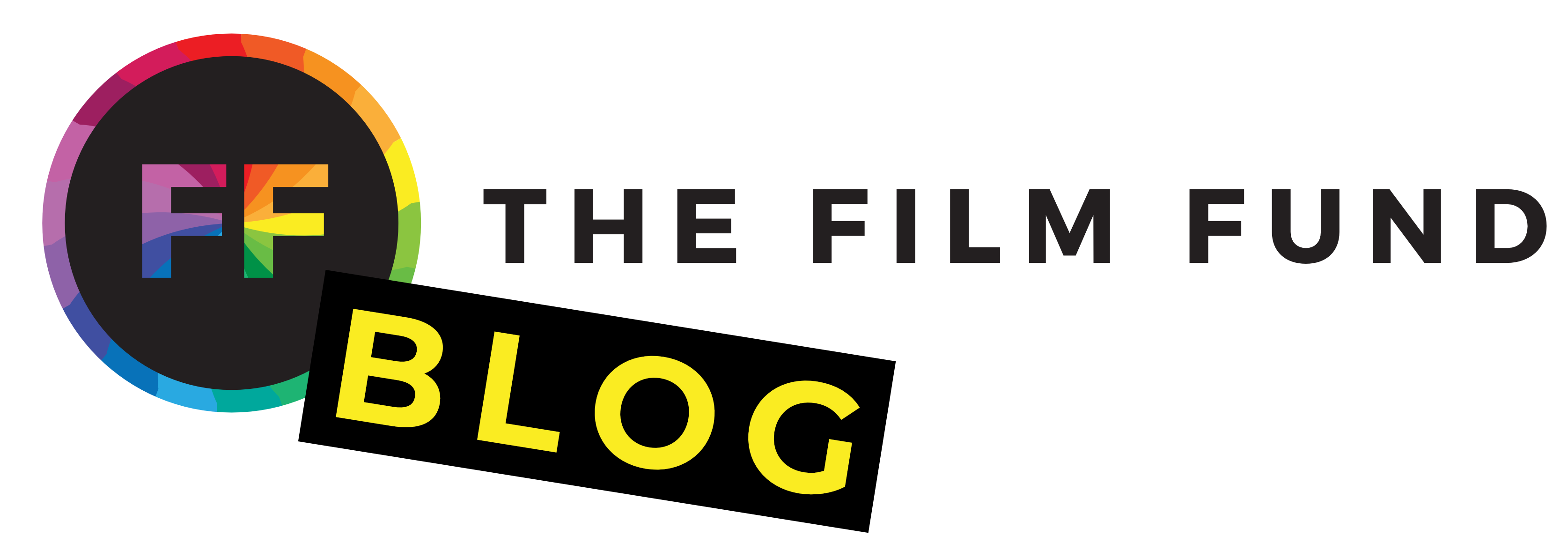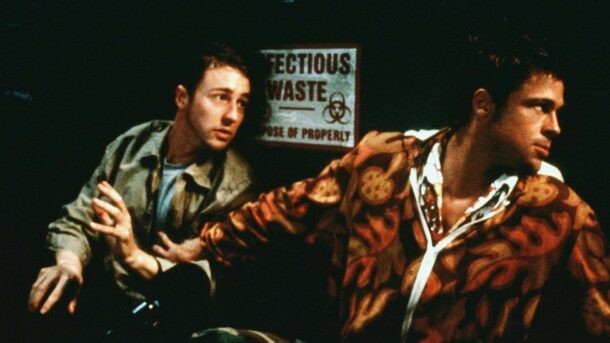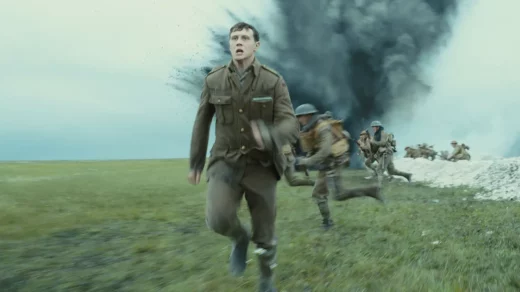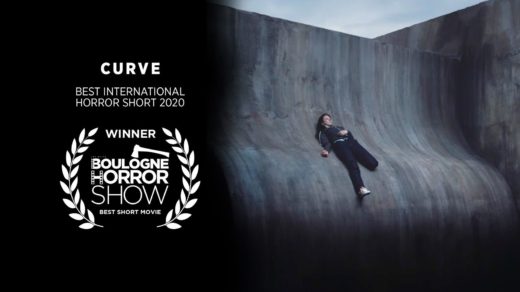Do you ever find yourself watching a movie, hanging on to every word of the narrator, only to be blindsided by a shocking revelation that turns the entire story on its head? Welcome to the captivating world of unreliable narrators in film. In this post, we’ll delve into the fascinating concept of unreliable narrators and how they can truly enhance your cinematic experience.
Unreliable narrators have played pivotal roles in some of the most memorable films in cinematic history, leaving audiences in awe of the storytelling prowess at play. They blur the lines between reality and fiction, challenging us to question the very essence of truth in storytelling.
As movie lovers and aspiring filmmakers, understanding the role and impact of unreliable narrators in film is essential. It opens up a world of storytelling possibilities and encourages us to view movies from a fresh perspective. This knowledge can help us appreciate the craft behind some of our favorite films and inspire us to explore the art of unreliable narration in our own cinematic endeavors.
What is an Unreliable Narrator in Film?
Now that we’ve piqued your interest, it’s time to unravel the concept of an unreliable narrator in film. Envision yourself watching a movie where the person guiding you through the story isn’t entirely trustworthy, even if you don’t know it immediately – that’s the meat and potatoes of this narrative device.
In essence, an unreliable narrator is a character who serves as your storyteller but comes with a twist. They have the remarkable ability to cast doubt on the accuracy of their narrative, making you question the authenticity of their account. This narrative device challenges your perception of the story and keeps you guessing at every turn.
Examples from Classic Films
To truly grasp the idea of an unreliable narrator, it’s helpful to look at some classic films that have expertly employed this storytelling technique. Consider movies like “Fight Club,” “The Sixth Sense,” or “American Psycho.” In these films, the narrators lead you down a carefully constructed narrative path, only to pull the rug out from under you with shocking revelations. We’ll take a closer look into these films as we go on, so spoilers lie ahead!
The Blurred Lines Between Truth and Deception
One of the most intriguing aspects of unreliable narrators in film is their ability to blur the lines between truth and deception. They can make you question the very fabric of the story, leaving you to decipher what’s real and what’s a fabrication.
Picture a character recounting events from their perspective, omitting crucial information, or even presenting a distorted version of reality. This keeps you engaged, eager to piece together the puzzle and discover the actual truth lurking beneath the surface.
Unreliable Narrators in Filmmaking
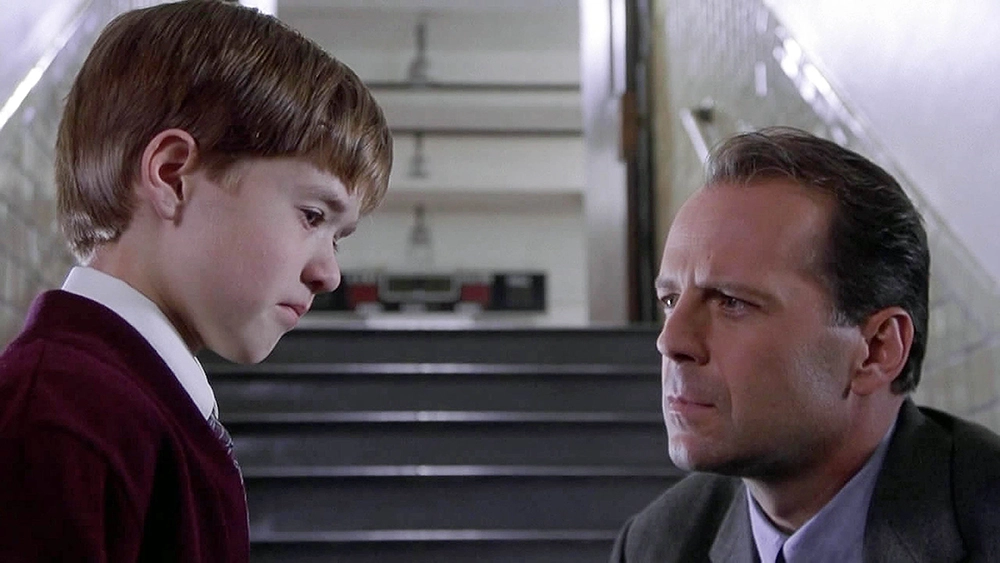
We’ve cracked open the fascinating concept of unreliable narrators. Let’s delve deeper into how filmmakers employ this narrative technique to craft unforgettable cinematic experiences.
How Directors and Screenwriters Employ Unreliable Narrators
Unreliable narrators are the secret weapons of many directors and screenwriters. They introduce an element of unpredictability and intrigue that keeps audiences riveted to the screen. Filmmakers use them strategically to manipulate emotions, challenge perceptions, and create unforgettable twists that leave a lasting impact.
Think of it like this: filmmakers will write a film with the protagonist as the narrator. They understand that doing this will cause the movie to put a lot of stock and trust into the words of this character. But suddenly, they can turn the script on its head by revealing the narrator to be unreliable. This skillful manipulation of the narrative is a testament to the power of unreliable narrators in the hands of talented filmmakers.
Techniques for Introducing Unreliability in Storytelling
The magic of unreliable narrators in film lies in their ability to keep you guessing. Filmmakers achieve this by employing various techniques. They might use visual cues, shifts in perspective, or contradictory information to sow the seeds of doubt. These techniques are carefully woven into the fabric of the film, gradually building tension and suspense.
For instance, changing the color palette or visual style of a scene can signal a shift in the narrator’s perspective. Alternatively, presenting conflicting accounts of events through dialogue or editing can lead to a thrilling narrative twist. The subtlety and craftsmanship behind these techniques are what make unreliable narrators in film so intriguing.
The Power of Subjectivity in Cinema
Unreliable narrators also offer filmmakers a unique opportunity to explore the subjectivity of storytelling. In cinema, the viewer often experiences the story through the eyes of the narrator. This means that their biases, beliefs, and perceptions become intertwined with the narrative.
Picture a film where the narrator is a detective investigating a crime. As the story continues, you become privy to their thoughts and suspicions, leading you down a particular path. However, as the plot thickens, you realize that the narrator’s lens might not provide the whole truth. This exploration of subjectivity challenges the audience to question their own assumptions and judgments, making for a thought-provoking cinematic experience.
Enhancing the Viewing Experience
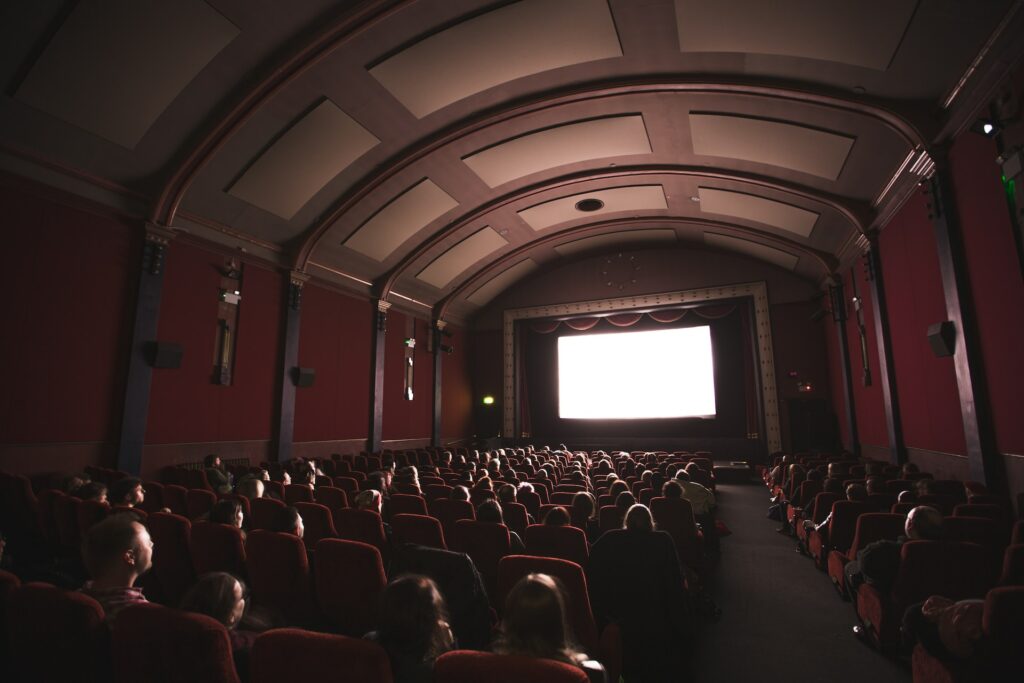
The intricacies of unreliable narrators in film and how they’re utilized in storytelling are now unraveled. Let’s explore how they work their magic to enhance your movie-watching experience.
How Unreliable Narrators Captivate the Audience
Imagine that you’re engrossed in a movie, hanging on to every word the narrator utters. But there’s a twist—you can’t entirely trust what they’re saying. This inherent sense of uncertainty adds a layer of suspense and intrigue that captures your attention like a magnet.
As the plot thickens, you find yourself constantly reassessing what you know, trying to uncover the truth hidden beneath the narrator’s words as you’re surprised by the unfolding events. This engagement, this intellectual dance between you and the film, is precisely what makes unreliable narrators so captivating. They compel you to actively participate in the narrative, fostering a deeper connection with the story.
The Suspense and Intrigue They Generate
Unreliable narrators are the masters of suspense. They keep you on the edge of your seat, eagerly anticipating the next revelation or plot twist. This heightened suspense isn’t just about surprising you; it’s about immersing you in the story, making you feel the characters’ emotions, and taking you on an unforgettable cinematic journey.
Picture a thriller where the narrator’s unreliability is a ticking time bomb. With each passing moment, the tension builds, and you’re left wondering when the truth will explode onto the screen. This rollercoaster of emotions is what makes movies featuring unreliable narrators a thrilling and immersive experience.
Stimulating Critical Thinking and Audience Engagement
Beyond suspense, unreliable narrators also stimulate critical thinking. They challenge you to question what you’re seeing and hearing, fostering a deeper level of engagement with the story. As you analyze the narrator’s motivations and the inconsistencies in their account, you become an active participant in deciphering the narrative puzzle.
This mental exercise isn’t just entertaining; it also enriches your movie-watching experience. It encourages you to explore different perspectives, consider alternative scenarios, and appreciate the complexities of human nature. In essence, unreliable narrators elevate films from passive entertainment to thought-provoking, interactive experiences.
Notable Films Featuring Unreliable Narrators
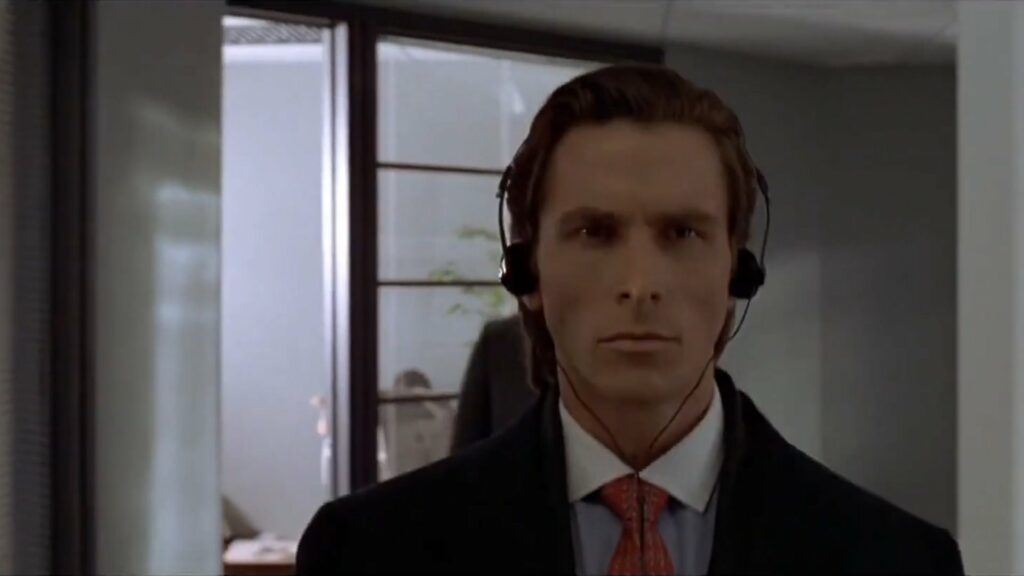
Now that you’re well-versed in the captivating world of unreliable narrators, let’s dive into some cinematic masterpieces that have skillfully employed this narrative technique. These films have left an indelible mark on the world of cinema and continue to dazzle audiences with their mind-bending storytelling.
Iconic Movies that Masterfully Use Unreliable Narrators
“Fight Club” (1999): Directed by David Fincher and based on Chuck Palahniuk’s novel, “Fight Club” is a prime example of how an unreliable narrator can turn a story on its head. The unnamed narrator (played by Edward Norton) takes you on a journey through his life, but as the plot plays out, you realize that his perception of reality is far from reliable.
“The Sixth Sense” (1999): Directed by M. Night Shyamalan, this supernatural thriller features a child psychologist, Dr. Malcolm Crowe (played by Bruce Willis), who is trying to help a young boy who claims to see dead people. The film’s twist ending redefines everything you thought you knew, thanks to its brilliant use of an unreliable narrator.
“American Psycho” (2000): In this dark comedy-drama directed by Mary Harron, Patrick Bateman (played by Christian Bale) presents himself as a wealthy investment banker with a gruesome secret. As the story unfolds, you’ll question whether his murderous escapades are real or products of his twisted imagination.
Analysis of Key Scenes and Plot Twists
These films not only feature unreliable narrators but also have key scenes and plot twists that keep you on the edge of your seat. In “Fight Club,” the revelation of Tyler Durden’s true identity is a jaw-dropping moment that challenges your perception of the narrative. In “The Sixth Sense,” the twist ending is a masterstroke that reshapes the entire story. And in “American Psycho,” the gruesome scenes are intertwined with Bateman’s questionable sanity, leaving you to wonder what’s real and what’s not.
These films remind us of the power of storytelling and how unreliable narrators can elevate the cinematic experience to new heights. They keep us guessing, questioning, and discussing long after the credits roll.
The Lasting Impact on Viewers’ Perceptions
One of the remarkable things about films featuring unreliable narrators is their ability to leave a lasting impact on viewers. Even years after their release, these movies continue to spark debates and discussions about their narrative intricacies. They encourage viewers to revisit the story, looking for hidden clues and fresh perspectives.
Challenges and Pitfalls

While unreliable narrators can add an enthralling layer to a film’s storytelling, it’s essential to acknowledge that this narrative technique is not without its challenges and potential pitfalls. Let’s explore some of these aspects to gain a more comprehensive understanding.
Potential Drawbacks of Using Unreliable Narrators
Audience Confusion: One of the primary concerns when working with unreliable narrators is the risk of confusing the audience. If the unreliability is not handled with finesse, viewers may become disoriented, struggling to follow the narrative thread. Balancing ambiguity with clarity is an art form that filmmakers must master.
Viewer Disconnection: While unreliable narrators can be intellectually stimulating, they might also create emotional distance between the audience and the characters. If viewers cannot connect with the story or the characters due to constant narrative shifts, the intended impact may be lost.
Maintaining Engagement: Sustaining the audience’s engagement throughout the film can be challenging when working with unreliable narrators. Viewers may become frustrated or disinterested if the narrative becomes too convoluted or if the twists feel forced rather than organic.
Balancing Subtlety and Clarity in Storytelling
Achieving the delicate balance between subtlety and clarity is crucial when employing unreliable narrators. Filmmakers must provide enough hints and clues to keep the audience engaged without revealing the narrative’s twists prematurely. It’s a fine line to walk, and it requires meticulous planning and execution.
How to Avoid Confusing the Audience
To mitigate the risks associated with unreliable narrators, filmmakers employ various strategies. These may include using visual cues, flashbacks, or even secondary reliable narrators to provide alternate perspectives and shed light on the true nature of the story. By carefully structuring the narrative, filmmakers can guide the audience through the twists and turns, ensuring that the overall experience remains enjoyable and comprehensible.
Conclusion
And there you have it—a journey through the captivating world of unreliable narrators in film. We’ve peeled back the layers of this intriguing storytelling device, explored its significance, and even delved into the challenges it presents. Now, let’s wrap up our cinematic adventure.
Unreliable narrators are the secret ingredients that add depth, mystery, and intellectual engagement to movies. They challenge our perceptions, keep us on our toes, and make us active participants in the narrative. Through films like “Fight Club,” “The Sixth Sense,” and “American Psycho,” we’ve witnessed the magic they can bring to the silver screen.
Unreliable narrators in film are more than just a passing trend; they are a testament to the timeless appeal of storytelling. They remind us that the cinema is not just about passive entertainment; it’s a medium that can challenge our thinking, spark discussions, and create lasting memories.
And if you’re a reliable moviemaker who is striving to breathe life into a potential short film, check out our film funding contests! By entering this contest, you can win up to $10,000 to go towards the production of your short narrative or short documentary. And the best part is you don’t need to submit a completed script. Simply send us a single-sentence pitch for your film and you’re on your way to becoming a potential winner. Head to our sign-up page now to learn more!
